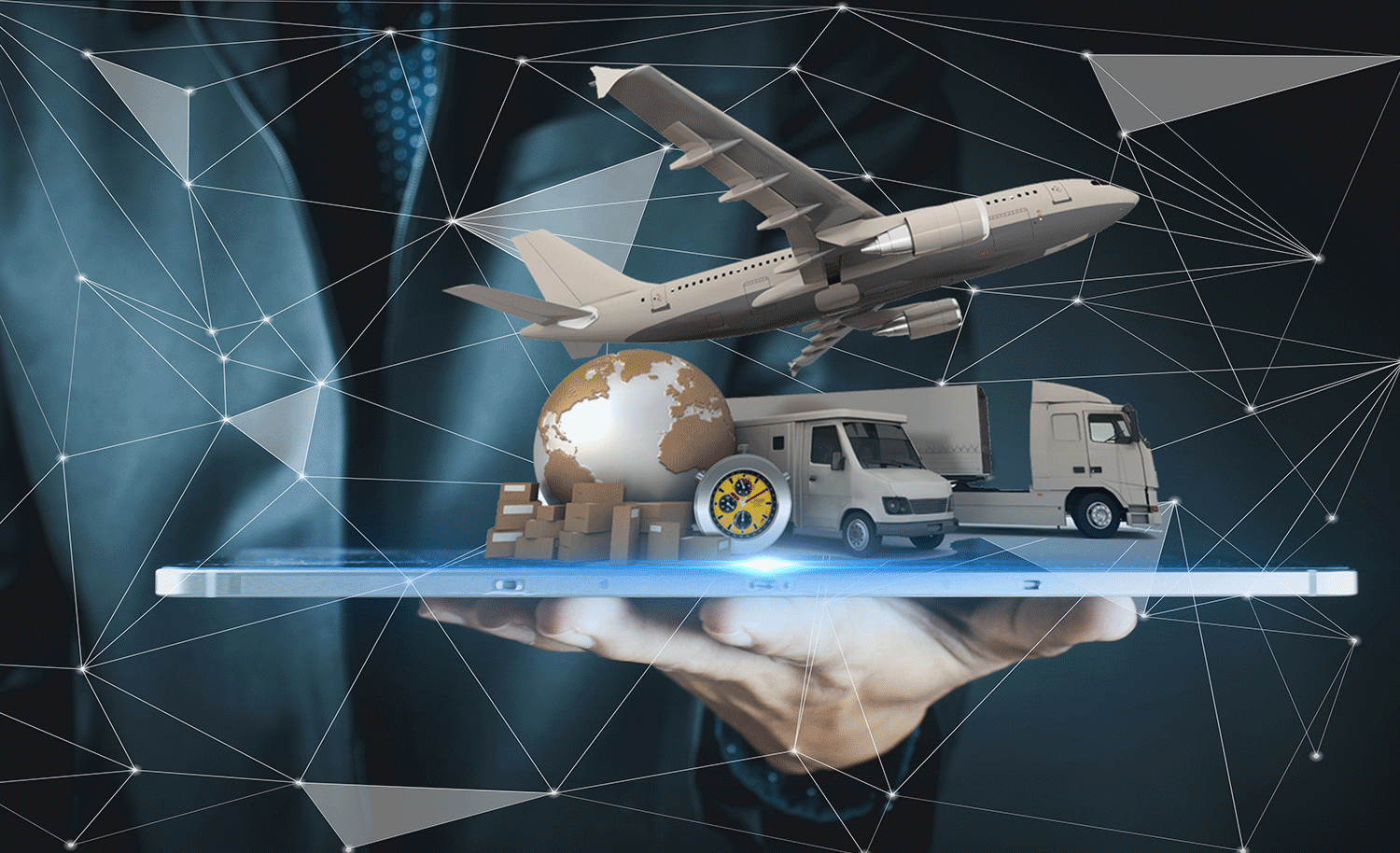Articles
For a better insight into our products and services go through articles on various topics here.
Transportation & Logistics
The Challenges of Digital Transformation in Transportation and Logistics
SID Global Solutions
13 February 2023

An Introduction
The transportation and logistics industry is one of the most important sectors in any economy. It is responsible for the transport of goods, services, and people across the world, and it is essential for economic growth and prosperity. As such, the industry is constantly looking for ways to improve its efficiency and reduce costs.
However, the transportation and logistics sector has been slow to adopt digital transformation, and this has created a range of challenges. Here, we’ll explore some of the key challenges of digital transformation in transportation and logistics, as well as some potential solutions.
Challenges of Digital Transformation in the Transport and Logistics Industry
- One of the biggest challenges of digital transformation in the transportation and logistics industry is the lack of standardization. As the industry is highly fragmented, there are no universal standards for the technology and systems used, which can make it difficult for companies to collaborate effectively. This lack of standardization also hinders the development of new technologies and processes, as well as the adoption of existing ones.
- Another challenge is the need to stay up-to-date with the latest technology and processes. As the industry is constantly changing, companies must keep up with the latest trends and invest in new technologies to remain competitive. This can be costly, and it’s hard for companies to keep up with the pace of change.
- Finally, the lack of data and analytics capabilities is a major issue in the transportation and logistics sector. Companies must be able to collect, store, and analyze data in order to make informed decisions about their operations. Unfortunately, the industry is still lagging behind in this area, and it needs to catch up if it wants to remain competitive.
- Fortunately, there are some potential solutions to these challenges. One solution is to increase the standardization of technology and systems across the industry. This can be achieved by creating industry-wide standards and protocols, as well as encouraging collaboration between different companies and organizations.
- Another solution is to invest in data and analytics technologies, such as artificial intelligence and machine learning. This will enable companies to better understand market trends and customer behaviors, as well as to optimize their operations and improve their efficiency.
- Finally, companies need to focus on improving customer experience. The transportation and logistics sector must be able to provide customers with accurate and up-to-date information, as well as fast and reliable deliveries. Improving customer experience can help companies retain loyal customers and attract new ones.
Digital transformation in the transportation and logistics sector can be a challenging process. However, with the right strategies and technologies, companies can overcome these challenges and make their operations more efficient and cost-effective.









